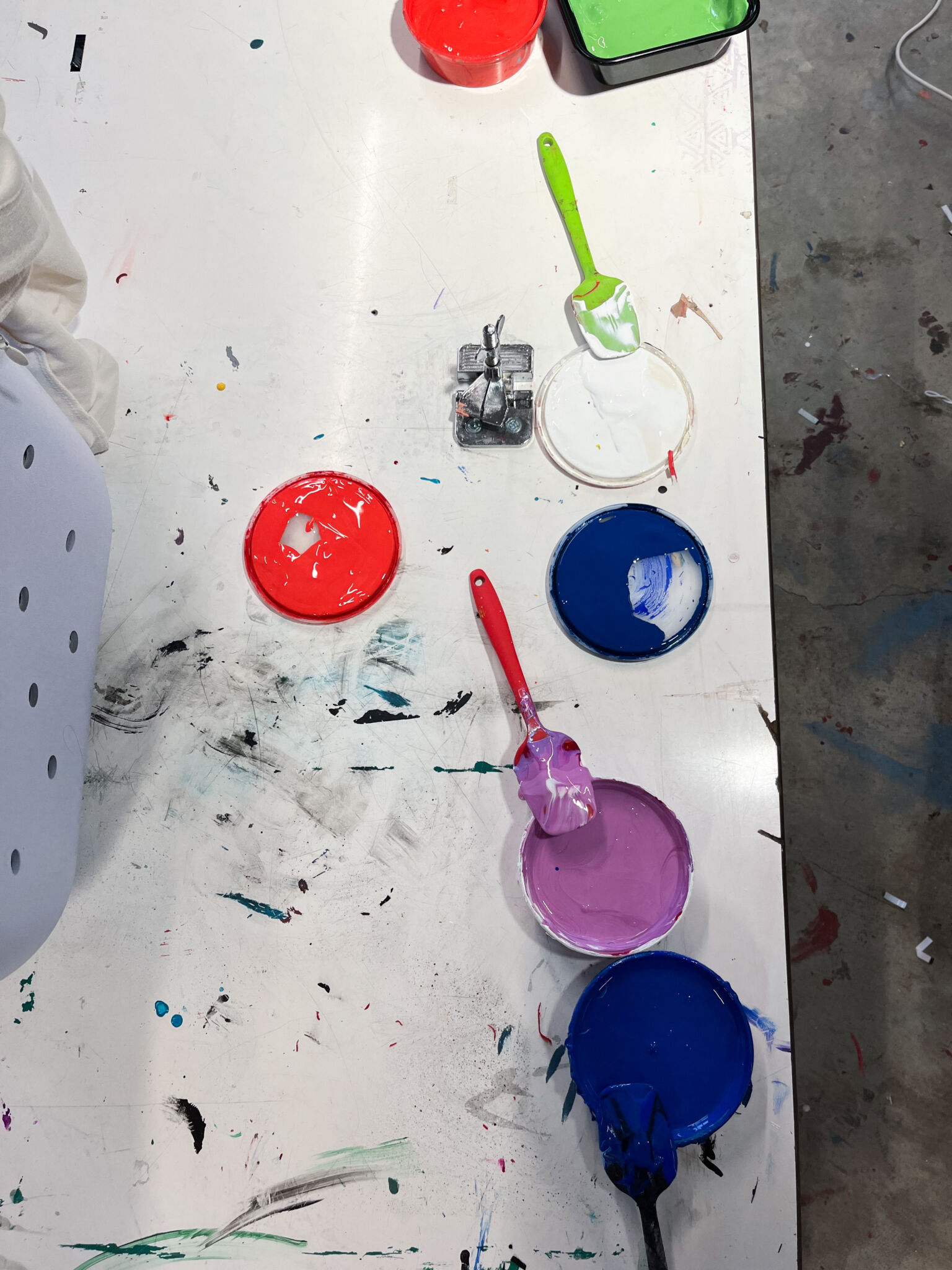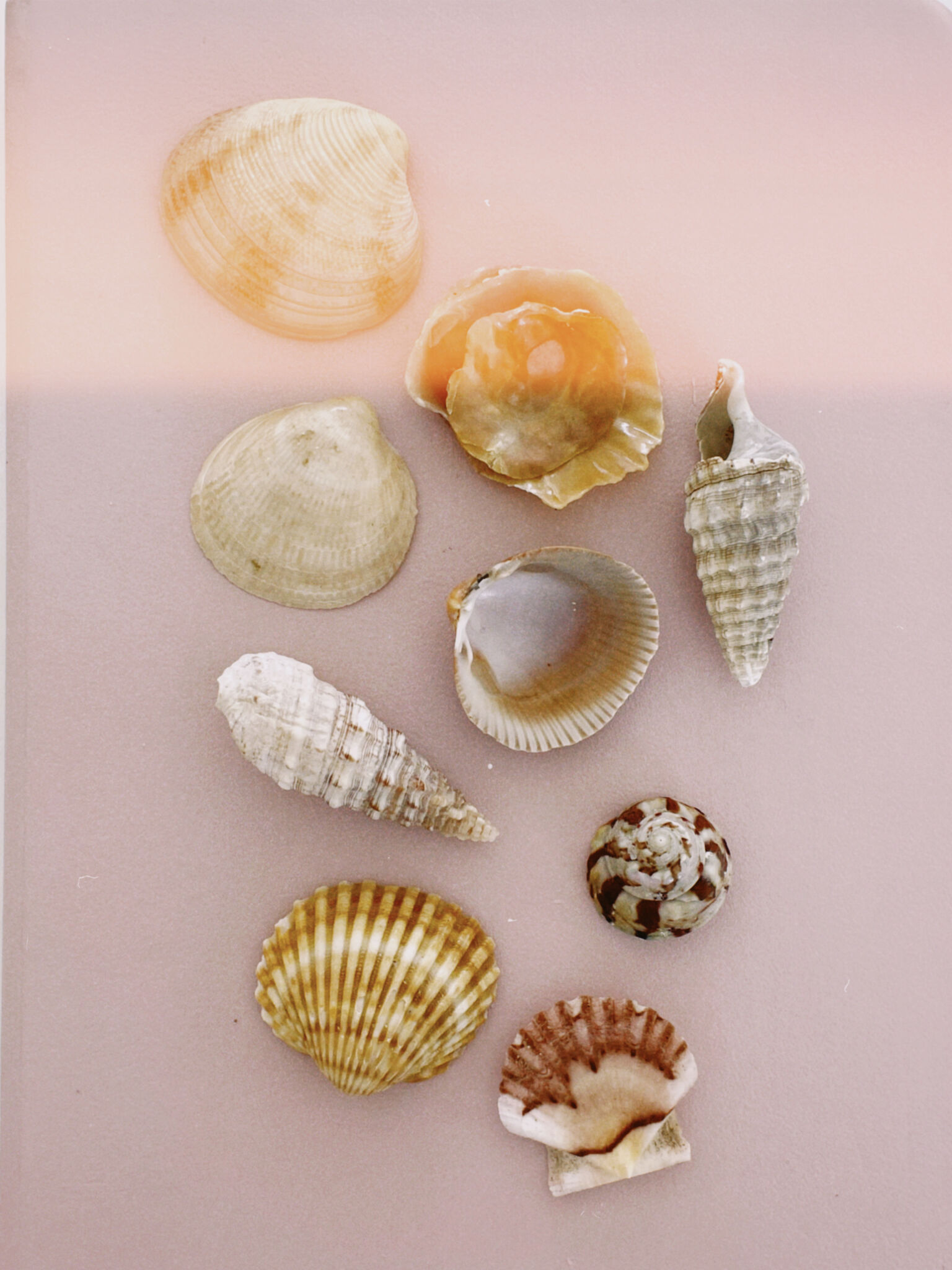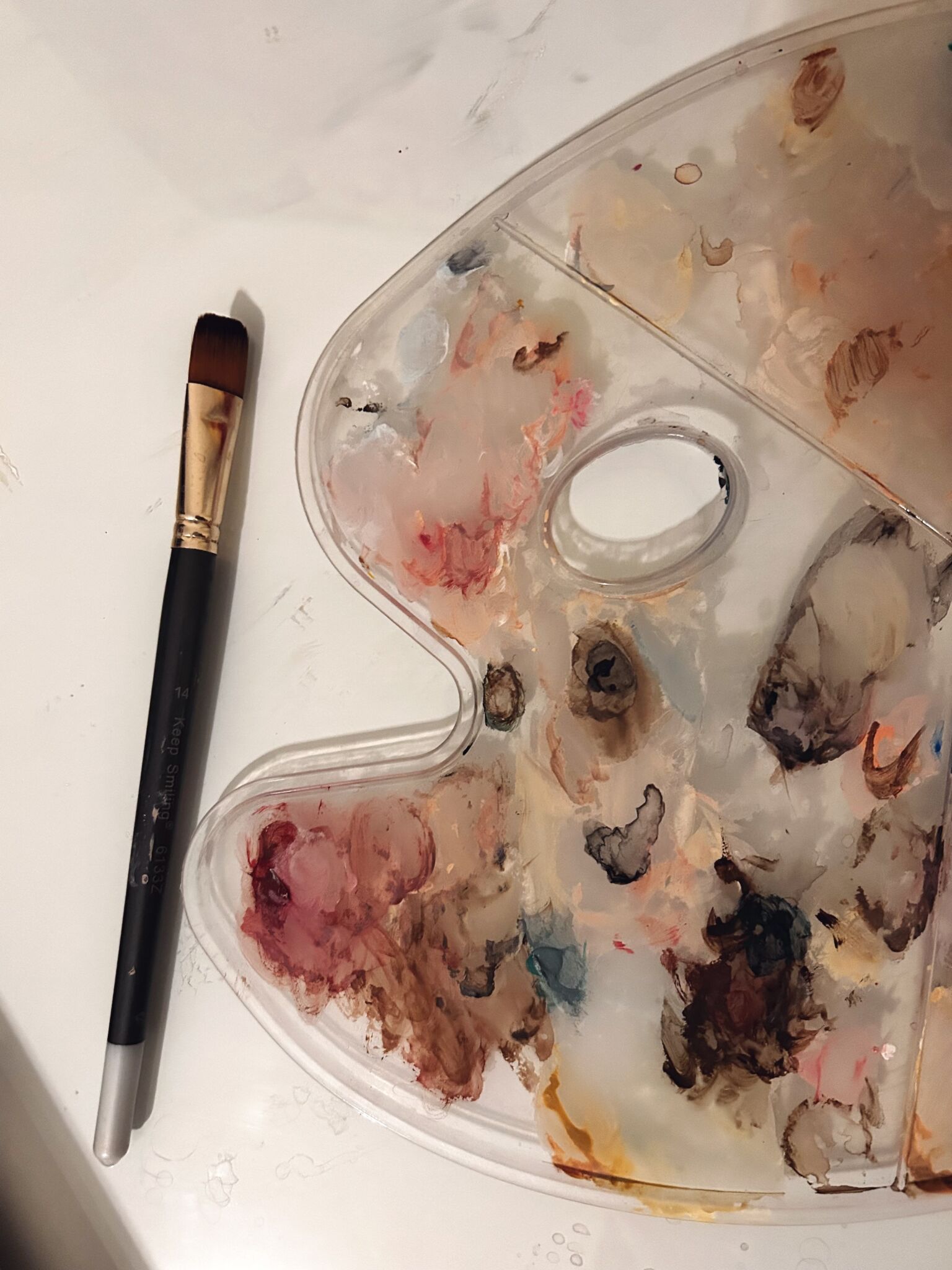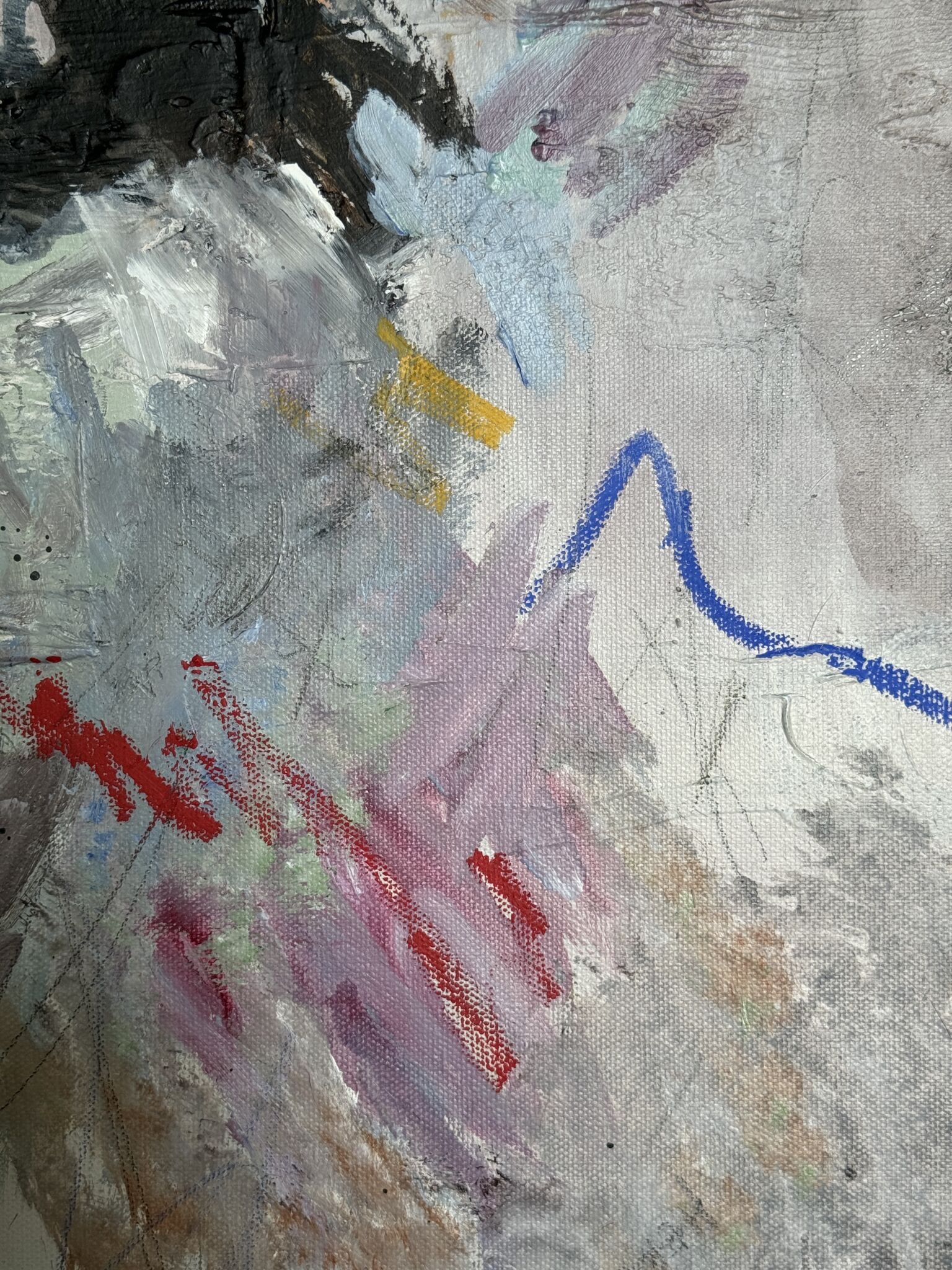What our colors say about us
How the “personality colors” system reveals our inner potential

According to the Insights Discovery model, the “personality colors” system is based on Carl Jung’s ideas about personality types and classifies people into four “colors” depending on their dominant traits. Here, “color” is not connected to mysticism but serves as a convenient metaphor for describing a psychotype. This theory makes it possible to identify a person’s strengths and weaknesses and use their potential effectively.
The psychological model is widely used in coaching, HR, and team management. It helps with:
- increasing communication efficiency;
- selecting employees with different strengths;
- understanding one’s own reactions and motivation;
- identifying areas for personal growth.
This method can be applied to developing a personal brand, deep self-awareness, and more effective interaction with others.

Photо: Dupe
How it works
After testing (usually a series of questions about communication style, decision-making, stress reactions, etc.), a participant is assigned a dominant color. Each color reflects a set of characteristic traits, habitual behavior patterns, and approaches to life.

Photo: Dupe
The four main types in Insights Discovery:
Reds – Result-oriented leaders
Key traits: determination, decisiveness, straightforwardness. They make decisions quickly, strive for leadership, and are focused on results rather than processes.
Strengths: high productivity, ability to inspire, and confidence.
Possible downsides: may be impatient, blunt, and pay little attention to others’ emotions.
Yellows – Seekers of inspiration
Key traits: charisma, optimism, ability to engage others. They love socializing, generating ideas, and inspiring those around them.
Strengths: creativity, ease in communication, and ability to motivate a team.
Possible downsides: may be inconsistent, easily distracted, and not always finish projects.

Photо: Dupe
Greens – Keepers of harmony
Key traits: patience, care, loyalty. They value stability, a comfortable team atmosphere, and are good listeners and supporters.
Strengths: conflict resolution skills, reliability, empathy.
Possible downsides: may avoid change and take too long to make decisions.
Blues – Structured analysts
Key traits: logic, attentiveness, systems thinking. They analyze information thoroughly, focus on facts, and like order and clear rules.
Strengths: analytical mindset, precision, attention to detail.
Possible downsides: may seem cold or overly critical and take a long time to make decisions.

Photо: Dupe
It’s important to understand that everyone has a mix of all four colors, but one or two usually dominate. The color profile simply reflects a preferred style, but a person can develop qualities from other colors.
In teams, it is optimal when different colors are represented – this increases creativity and balance. In business, taking this theory into account when hiring can help improve interaction between departments and foster leadership development. In education, it is useful for working with group dynamics and developing students’ communication skills. In personal life, it helps in understanding differences in the personalities of partners, friends, and family members.


